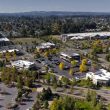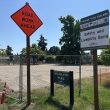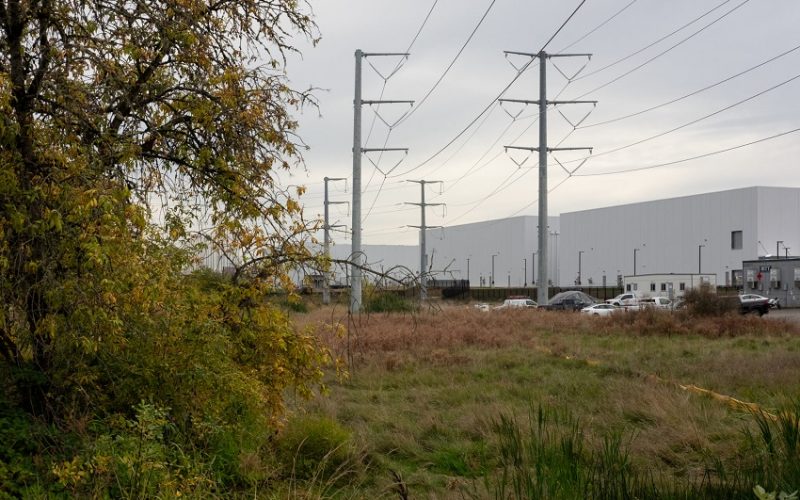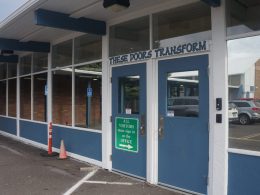Salem, OR – In a new energy forecast presented to the Northwest Power and Conservation Council, regional experts have projected that electricity demand in the Pacific Northwest could double by 2046. The forecast, shared with the council’s eight governor-appointed members this week, reveals that over the next two decades, demand could rise by between 1.8% and 3.1% annually. This surge will be driven primarily by the rapid growth of data centers, the increasing number of electric vehicles (EVs) on the road, the electrification of buildings, and the rise of new industries like green hydrogen production.
According to Steven Simmons, a senior energy forecasting analyst with the council, data centers will be the immediate driver of this increased demand. “The data centers, naturally in our forecasts, are the very early load growth driver here,” Simmons explained during the presentation. As these data centers expand across the region, energy consumption from this sector is expected to match that of electric vehicles by 2046. However, the demand from electric vehicles is projected to surpass that of data centers after 2046, marking a significant shift in the energy landscape.
The forecast also points to more gradual growth in residential and commercial demand, including the energy needs for electric vehicle charging in homes and businesses. In Washington alone, energy demand from residential and commercial sectors is expected to eventually equal the combined demand from Oregon, Idaho, and Montana.
While the forecast provides a sobering look at the region’s future energy needs, it also notes several potential factors that could mitigate this demand, such as advancements in energy efficiency for vehicles, buildings, and industries. Furthermore, the growing adoption of rooftop solar on residential and commercial properties could help offset some of the projected increase in demand.
Despite these potential mitigating factors, the forecast underscores a significant challenge: transmission constraints. As energy demand increases across the Northwest, power grids are facing mounting pressure, with slow infrastructure scaling exacerbated by supply chain delays and other challenges.
Data centers are expected to be a major source of demand growth, particularly in areas such as eastern Oregon, eastern Washington, and the Portland and Boise metro regions. These areas are already home to numerous large-scale data centers operated by tech giants like Amazon, Apple, Facebook, Google, and X (formerly known as Twitter). Currently, Oregon ranks as the fifth-largest data center market in the U.S., with over 100 data centers across the state. Nationally, the U.S. leads the world in the number of data centers, with more than 5,000 in operation.
Looking ahead, the Northwest Power and Conservation Council is focused on developing its next power plan, which will assess supply-side resources needed to meet future demand. The council is considering a variety of energy sources, including more wind farms, solar installations, enhanced battery storage technologies, and the potential for geothermal and fracked gas sources.
The council’s new 9th Northwest Regional Power Plan is slated for release by July 2026, with public review expected before it is finalized later that year. This plan will serve as a blueprint for how the region can maintain an affordable and reliable energy supply while balancing the demands of an evolving economy and the need for environmental sustainability.
The Northwest Power and Conservation Council, established in 1981 following the passage of the federal Northwest Power Act, has long been tasked with guiding regional energy planning and ensuring the protection of the Columbia Basin’s native fish species, which have suffered significant declines due to the construction of hydroelectric dams in the region.
As the Pacific Northwest grapples with the challenges of meeting rapidly growing energy demand, the region’s approach to future energy planning will be crucial in ensuring a sustainable, reliable, and affordable energy future for its residents and industries.











